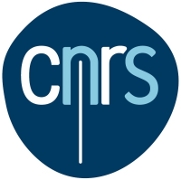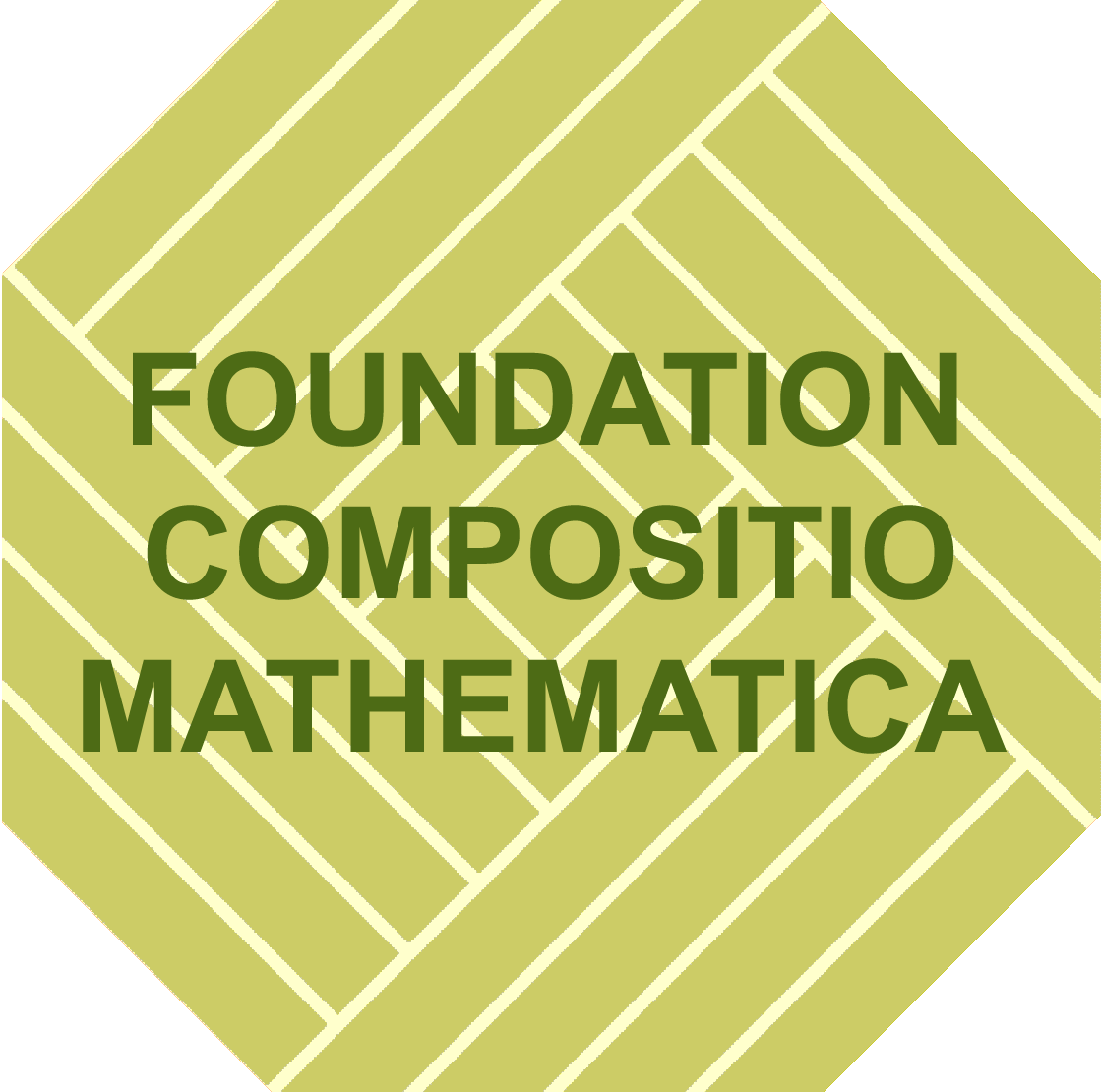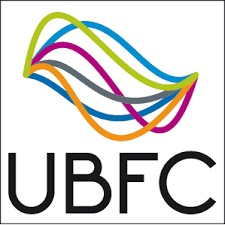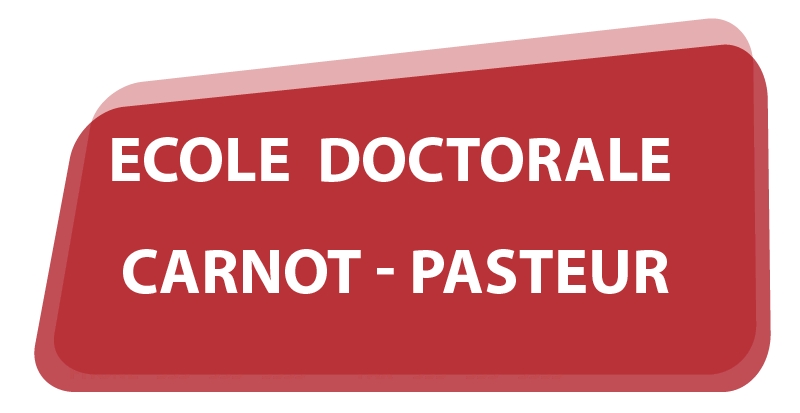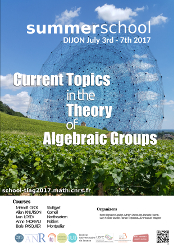Aims and Scope
Every year the GDR TLAG (Théorie de Lie Algébrique et Géométrique) organizes a Summer school aimed in priority for young researchers (advanced Master's students, PhD students, and post-doctoral fellows).
This meeting gathered around 90 mathematicians who work on topics related to Lie theory, representation theory, and group theory.
The Summer school lasted one full week, from Monday morning (3rd July) till
Friday noon (7th July).
Five 4-hours lectures were given by the following
speakers.
Courses
-
Characters of finite groups of Lie type: open problems and conjectures
Meinolf GECK
Summary Schubert varieties and other stratified T-Poisson varieties
Allen KNUTSON
SummaryDeformations of symplectic singularities and Orbit method
Ivan LOSEV
SummaryVertex algebras and associated schemes
Anne MOREAU
SummaryBirational geometry of G-varieties
Boris PASQUIER
Summary
Participants
The list of participants.Organizing committee
Rémi Bignalet-Cazalet, Adrien Dubouloz, Daniele Faenzi, Lucy Moser-Jauslin, Ronan Terpereau, Emmanuel Wagner.
Local Staff
Magali Crochot, Caroline Gerin.
